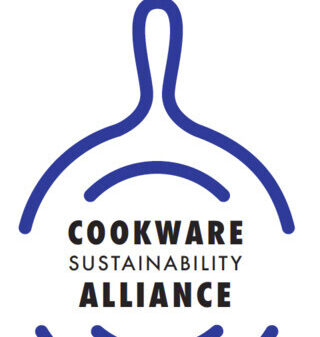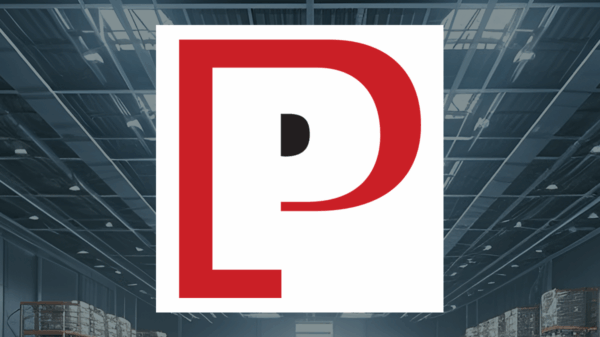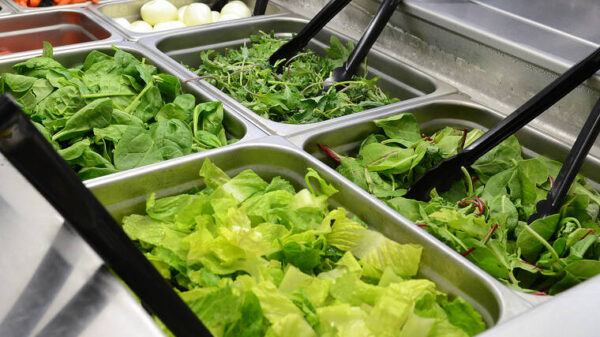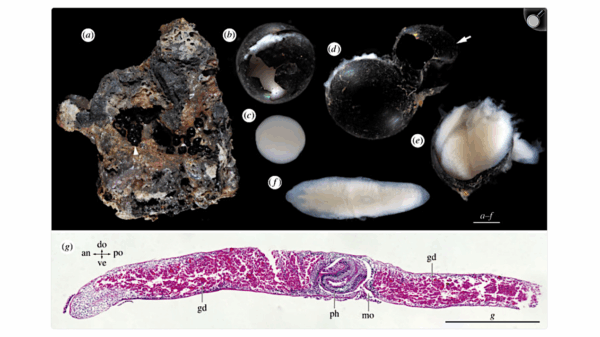Sharp knives are essential tools in both professional and home kitchens. They enhance food preparation efficiency and ensure safety while cutting. Cutting with dull knives can lead to accidents, as more force is required to slice through ingredients, leading to slips and potential injuries. This article delves into the importance of maintaining sharp knives and offers guidance on selecting the right knife sharpeners.
Why Sharp Knives Matter
Using a sharp knife minimizes the risk of accidents, making it safer for chefs and home cooks alike. A sharp edge allows for cleaner cuts, preserving the texture and appearance of ingredients. This is particularly crucial in culinary settings where presentation is key. According to a study by the American Culinary Federation, sharp knives reduce the time spent on food preparation by up to 25%. This efficiency not only saves time but also enhances the overall cooking experience.
Types of Knife Sharpeners
There are several types of knife sharpeners available, each designed for specific needs. The most common include:
– **Whetstones**: These are favored by many professional chefs for their versatility and ability to provide a razor-sharp edge. They require skill and practice to use effectively.
– **Electric sharpeners**: These devices offer convenience and speed, making them ideal for home cooks who may not have the time or expertise to use a whetstone. However, they can remove more material from the blade than necessary if not used carefully.
– **Manual pull-through sharpeners**: These are user-friendly and suitable for quick touch-ups. They are portable and can be easily stored in a kitchen drawer, making them a popular choice among home cooks.
Understanding the various types of sharpeners can help users make informed decisions based on their cooking habits and knife maintenance needs.
Choosing the Right Sharpener
When selecting a knife sharpener, consider the type of knives you own and how often you cook. For example, those who regularly prepare meals might invest in a high-quality whetstone or electric sharpener. In contrast, casual cooks may find that a simple manual sharpener suffices.
Moreover, consider the material of your knives. Stainless steel, high-carbon steel, and ceramic blades all require different sharpening techniques. A sharpener that works well for one type of knife may not be suitable for another.
A good rule of thumb is to look for sharpeners that offer multiple sharpening stages, allowing for both coarse and fine sharpening. This versatility ensures that knives maintain their edge over time.
Essential Tips for Effective Use
To achieve the best results when using a knife sharpener, follow these essential tips:
1. **Maintain the angle**: For optimal sharpening, keep a consistent angle between the knife and the sharpener. Most experts recommend an angle of around 20 degrees for general-purpose kitchen knives.
2. **Use light pressure**: Applying too much pressure can damage the blade. Light, even strokes will yield better results and prolong the life of your knives.
3. **Regular maintenance**: Develop a routine for sharpening your knives. Frequent touch-ups can prevent dullness, reducing the need for more intensive sharpening.
4. **Clean your knives**: After sharpening, clean your knives to remove any metal filings. This step is crucial for maintaining hygiene in food preparation.
By incorporating these practices, cooks can ensure their knives remain in excellent condition, enhancing both safety and efficiency in the kitchen.
In conclusion, understanding the importance of sharp knives and the right tools for sharpening can significantly impact cooking experiences. Whether for professional chefs or home cooking enthusiasts, investing in quality knife sharpeners is a wise decision that pays off in safety and efficiency.


































































